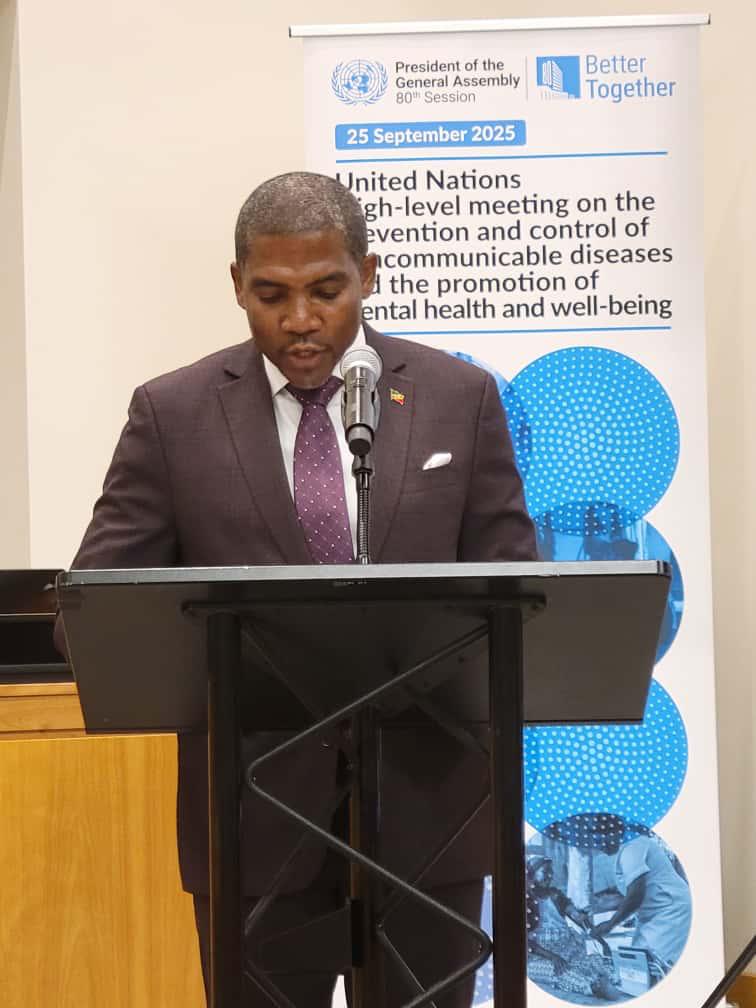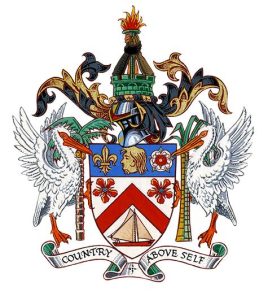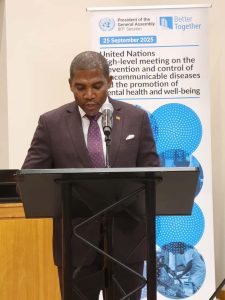Post-Mortem Examination of Chavilall Basdeo
Circumstances Surrounding Death:
On March 26, 2025, Chavilall Basdeo, a 36-year-old male residing in Clay Ghaut, Nevis, tragically collapsed while walking along the island’s main road in the vicinity of Pond Hill. Emergency medical services were presumably dispatched to the scene, but despite any resuscitation efforts, Mr. Basdeo was pronounced dead at the location of the incident. The sudden and unexpected nature of his collapse, occurring while engaged in an ordinary activity like walking, prompted further investigation to determine the underlying cause of death. This led to the subsequent autopsy performed by Dr. Naudica Phillip, Resident Pathologist, on March 27, 2025, two days before the official recording of the event on March 30, 2025.
Autopsy Findings: Pulmonary Congestion and Dilated Cardiomyopathy
The autopsy conducted by Dr. Phillip revealed two key pathological conditions contributing to Mr. Basdeo’s death: pulmonary congestion and dilated cardiomyopathy. Pulmonary congestion refers to the excessive accumulation of fluid within the lungs, specifically in the pulmonary capillaries and alveoli. This fluid buildup impairs the efficient exchange of oxygen and carbon dioxide, leading to shortness of breath, coughing, and in severe cases, respiratory distress and failure. The presence of pulmonary congestion suggests Mr. Basdeo experienced difficulty breathing prior to his collapse, potentially contributing to the suddenness of the event.
Dilated cardiomyopathy, the second significant finding, is a condition characterized by the enlargement and weakening of the heart muscle, primarily affecting the left ventricle. This weakening impairs the heart’s ability to effectively pump blood to the rest of the body, leading to a range of symptoms such as fatigue, shortness of breath, swelling in the legs and ankles, and an irregular heartbeat. Dilated cardiomyopathy can have various underlying causes, including genetic predispositions, viral infections, alcohol abuse, and certain medical conditions. Over time, the progressive weakening of the heart muscle can lead to heart failure, a life-threatening condition. The combination of pulmonary congestion and dilated cardiomyopathy likely created a synergistic effect, exacerbating the cardiovascular strain on Mr. Basdeo’s system and ultimately leading to his sudden collapse and death.
Interplay between Pulmonary Congestion and Dilated Cardiomyopathy:
The co-occurrence of pulmonary congestion and dilated cardiomyopathy in Mr. Basdeo’s case suggests a complex interplay between these two conditions. Dilated cardiomyopathy, by weakening the heart’s pumping capacity, can contribute to the development of pulmonary congestion. As the heart struggles to effectively pump blood, blood can back up into the pulmonary veins and capillaries, leading to the fluid accumulation characteristic of pulmonary congestion. This fluid buildup further compromises respiratory function, creating a vicious cycle that can rapidly deteriorate a patient’s condition.
Conversely, pulmonary congestion can also exacerbate the strain on an already weakened heart affected by dilated cardiomyopathy. The increased pressure in the pulmonary circulation, caused by the fluid buildup, forces the right side of the heart to work harder to pump blood through the lungs. This added workload can further weaken the heart muscle, accelerating the progression of dilated cardiomyopathy and increasing the risk of heart failure. The simultaneous presence of these conditions likely created a significant physiological burden on Mr. Basdeo’s cardiovascular system, culminating in the fatal collapse.
Potential Underlying Causes and Contributing Factors:
While the autopsy identified pulmonary congestion and dilated cardiomyopathy as the immediate causes of death, further investigation would be necessary to determine the underlying factors that contributed to the development of these conditions in Mr. Basdeo’s case. Possible causes of dilated cardiomyopathy include genetic factors, viral infections, coronary artery disease, long-term alcohol abuse, and certain medications. Determining the specific etiology of Mr. Basdeo’s dilated cardiomyopathy would require a more comprehensive medical history and potentially additional diagnostic tests.
Similarly, the underlying cause of the pulmonary congestion should be explored. While dilated cardiomyopathy can contribute to pulmonary congestion, other factors such as infections, valvular heart disease, and exposure to toxins can also trigger fluid buildup in the lungs. A thorough investigation into Mr. Basdeo’s medical history, lifestyle, and potential environmental exposures would be essential to uncover any contributing factors to his pulmonary congestion.
Significance of the Autopsy and Further Considerations:
The autopsy conducted by Dr. Phillip provides valuable insights into the circumstances surrounding Mr. Basdeo’s sudden death. By identifying pulmonary congestion and dilated cardiomyopathy as the primary causes of death, the autopsy helps to understand the physiological processes that led to his tragic collapse. This information can be crucial for informing public health initiatives, promoting early detection and treatment of cardiovascular diseases, and providing support and guidance to Mr. Basdeo’s grieving family.
Further investigation, including a detailed review of Mr. Basdeo’s medical history, family history, lifestyle factors, and potential environmental exposures, could shed light on the underlying causes and contributing factors to his conditions. Such information could be invaluable for identifying potential risk factors and developing preventative strategies for similar cases in the future. Additionally, genetic testing might be considered to explore the possibility of inherited cardiomyopathies, which could have implications for other family members.
Share this content:












Post Comment